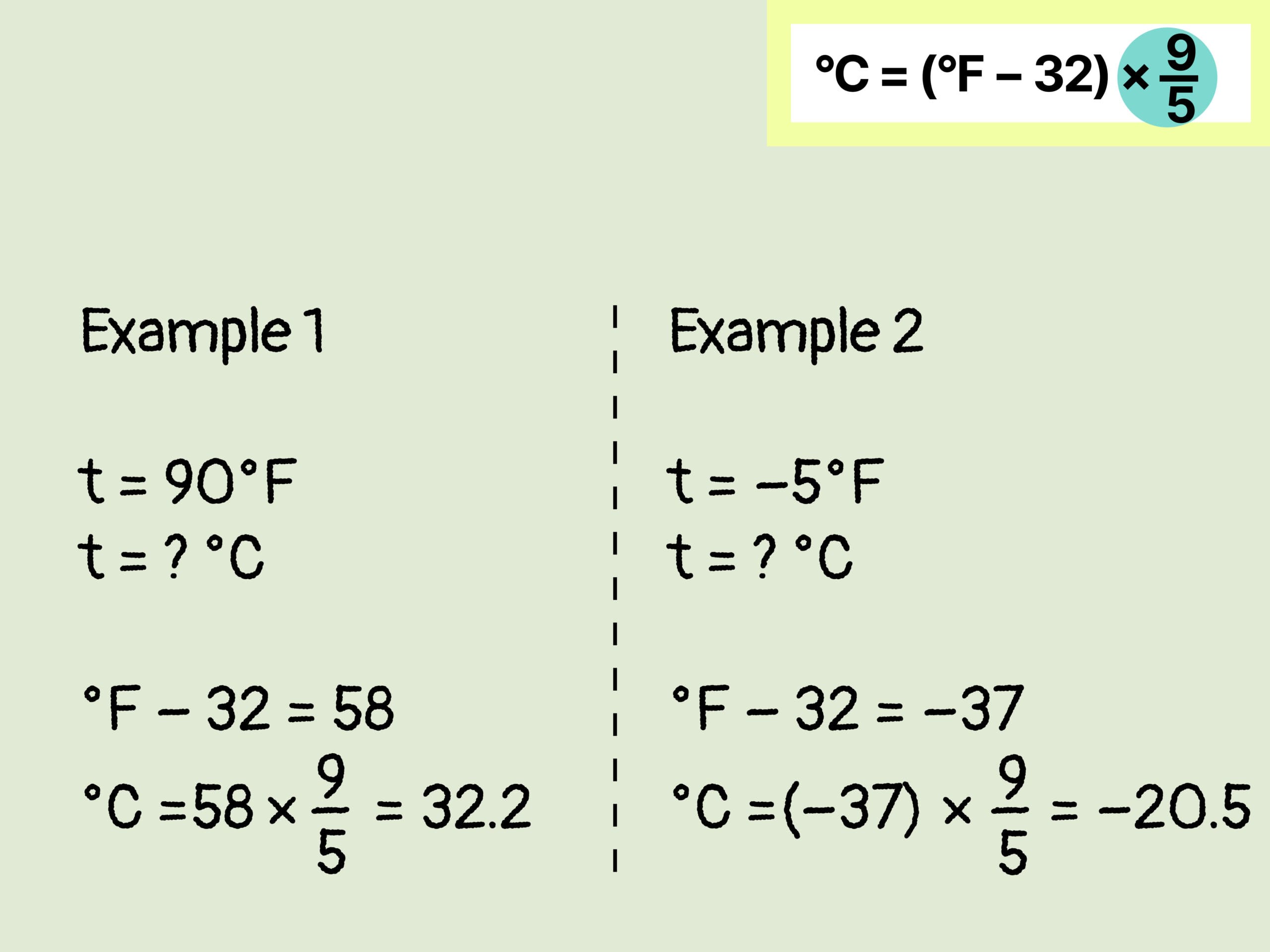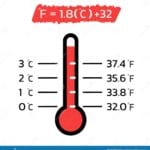Cracking the Code: 130°F to Celsius
Have you ever wondered how hot 130 degrees Fahrenheit (°F) actually feels in Celsius (°C)? Maybe you’re trying to decipher a baking recipe from across the pond or simply curious about the weather in different parts of the world. Whatever your reason, understanding temperature conversion is a handy skill. Let’s demystify how to convert 130°F to Celsius in a way that’s easy to grasp and remember.
The magic formula for converting Fahrenheit to Celsius is:
°C = (°F – 32) x 5/9
While it might look a bit intimidating, it’s actually quite straightforward. Let’s plug in 130°F and see the magic happen:
°C = (130 – 32) x 5/9
We begin by simplifying what’s inside the parentheses: 130 minus 32 equals 98.
°C = 98 x 5/9
Next, multiply 98 by 5, then divide by 9. This gives us:
°C = 54.44
And there you have it! 130°F translates to a toasty 54.44°C.
Why This Matters: From Baking to Heatwaves
So, why is this conversion important? Imagine you’re baking a cake, and the recipe calls for a 130°F oven. Knowing that this converts to 54.44°C could be the difference between a perfectly golden cake and a baking disaster!
Understanding temperature conversions provides you with a secret decoder ring for navigating the world of heat. Whether you’re cooking, interpreting weather forecasts, or simply having a conversation about the temperature, this knowledge proves invaluable.
While we encourage you to learn the formula, here are some other handy tools available:
- Online Conversion Tools: Need an answer in a flash? Countless websites and apps provide instant conversions between Fahrenheit and Celsius.
- Quick Estimation: For a rough estimate, try subtracting 30 from the Fahrenheit temperature and then dividing by two. This method might not be precise, but it can give you a general idea.
Remember, 54.44°C is quite warm, especially compared to our average body temperature of 98.6°F (37°C) or the boiling point of water, which sits at a steaming 100°C. Discover the conversion rate from 98.6 degrees Fahrenheit to Celsius to maintain your internal body temperature.
Unpacking “Faraday” and “Celsius”
Let’s address a potential point of confusion. Sometimes, terms like “faraday” might pop up in discussions about temperature. However, “faraday” is usually used in the realm of electrochemistry—think electrical charge—and not directly related to temperature. Celsius, on the other hand, is all about measuring how hot or cold something is.
To ensure clarity, stick with “Fahrenheit” and “Celsius” when discussing temperature conversions, and use the trusty formula: °C = (°F – 32) x 5/9.
130°F: Just How Hot Is It?
We’ve covered how to convert 130°F to Celsius, but let’s get real—just how hot is 130°F? In a nutshell, it’s extremely hot! We’re talking dangerously hot, folks.
To put it into perspective, 130°F converts to a scorching 54.44°C. Our bodies prefer to hang out around a comfortable 98.6°F (37°C). That’s a far cry from a blazing 130°F! Exposure to this level of heat could quickly lead to heat exhaustion or even heat stroke, which are serious medical emergencies.
The bottom line? Understanding the relationship between Fahrenheit and Celsius is crucial, but grasping the real-world implications of those numbers is equally important. Knowing how hot or cold a temperature actually feels can help us make informed decisions and stay safe.
100°F in Celsius: A Common Conversion
Let’s tackle another common conversion: 100°F to Celsius. Imagine a pleasant summer day. The air feels warm, maybe even a bit toasty. You glance at a thermometer, and it reads 100°F. But what would this temperature be in Celsius?
Using our trusty formula, °C = (°F – 32) x 5/9, we can easily find out.
First, we subtract 32 from our Fahrenheit temperature (100°F), which gives us 68. Next, we multiply 68 by 5/9 (or divide by 9 and then multiply by 5). The result? Approximately 37.78°C.
So, while 100°F might seem quite warm, it translates to a rather comfortable 37.78°C—a perfect temperature for enjoying a refreshing drink in the shade.
Mastering Temperature Conversions
Temperature conversions might seem like a small detail, but they can make a world of difference in various situations. From accurately following recipes to understanding international weather reports, knowing how to convert between Fahrenheit and Celsius empowers you to navigate a world of temperatures with confidence.
Remember, whether you’re baking, checking the forecast, or simply satisfying your curiosity, the ability to convert between these two major temperature scales is a valuable tool to have in your arsenal. And if you ever need a quick conversion, remember the formula: °C = (°F – 32) x 5/9. Happy converting!
Don’t forget to check out how fast 200mph converts to kph for those high-speed scenarios.
- Discover Northern Pakistan’s Hidden Gems: Your Ultimate Guide - March 27, 2025
- Explore Eastern Canada: Unforgettable Adventures Await - March 27, 2025
- Unlock New St. John’s Potential: Education & Faith - March 27, 2025
















